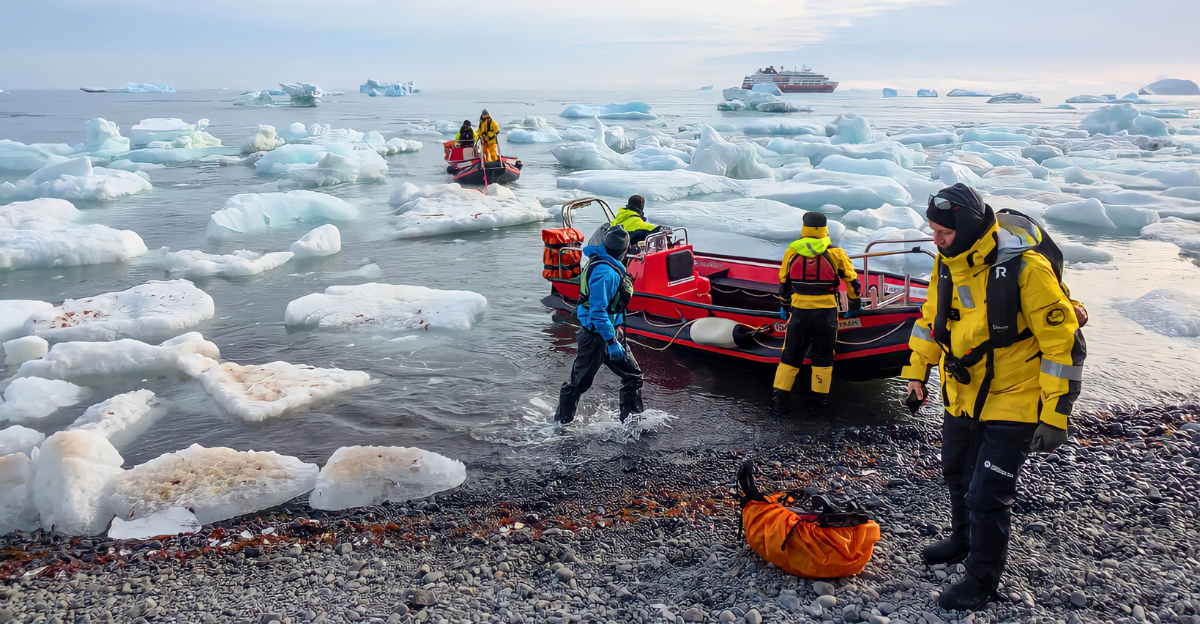
Antarctica is just one of those places where nature takes control and takes care of itself without any human interference or strains from what humankind has done to it. For as long as time can remember, these freezing waters and snow-covered landscapes have defended themselves against warming oceans, but that defense system is now under threat.
This little-known ocean current is called the Antarctic Slope Current (ASC), which acts as a critical shield against warmer waters from the north. This natural barrier encircles the continent, protecting its ice shelves from accelerated melting by deflecting heat, but will it survive?
The Antarctic Slope Current
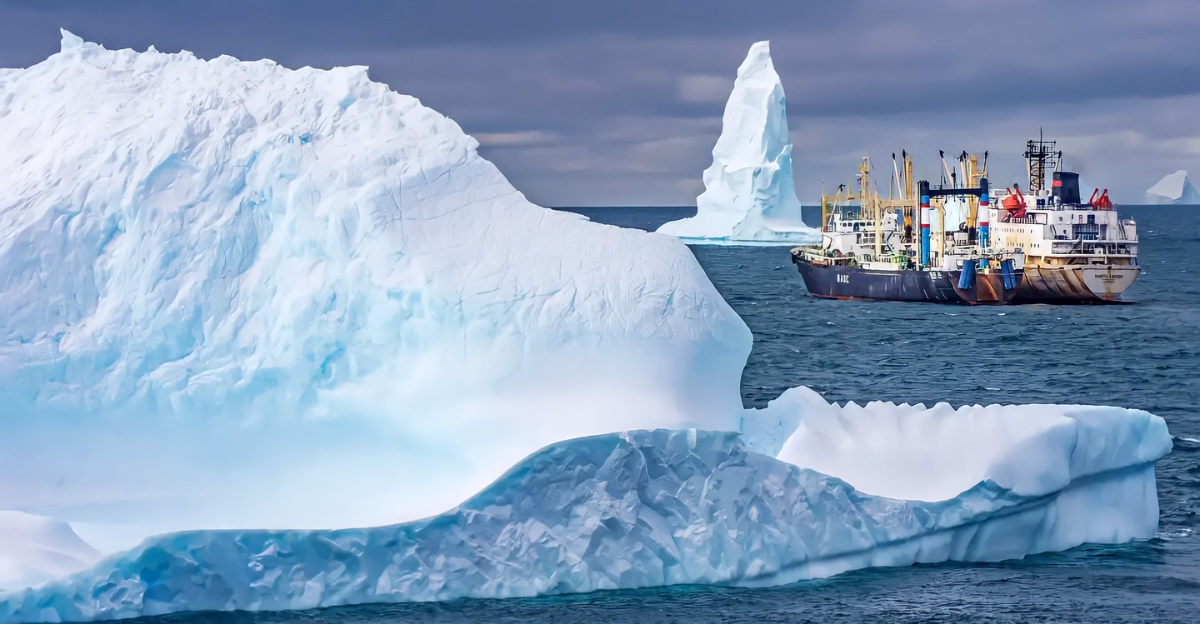
This current is a strong, narrow ribbon of water that flows westward along the edge of Antarctica’s continental shelf, acting as a natural guardian for the continent’s vulnerable ice shelves. This current forms a crucial barrier, separating the cold, fresh waters hugging Antarctica from the warmer, saltier waters of the open Southern Ocean.
By doing so, the ASC limits the intrusion of heat toward the ice shelves, helping to prevent rapid melting and maintaining the stability of the Antarctic ice sheet. While this defense system slows the melting of ice caused by ocean warming, it cannot prevent atmospheric warming effects.
How Meltwater Disrupts the Current
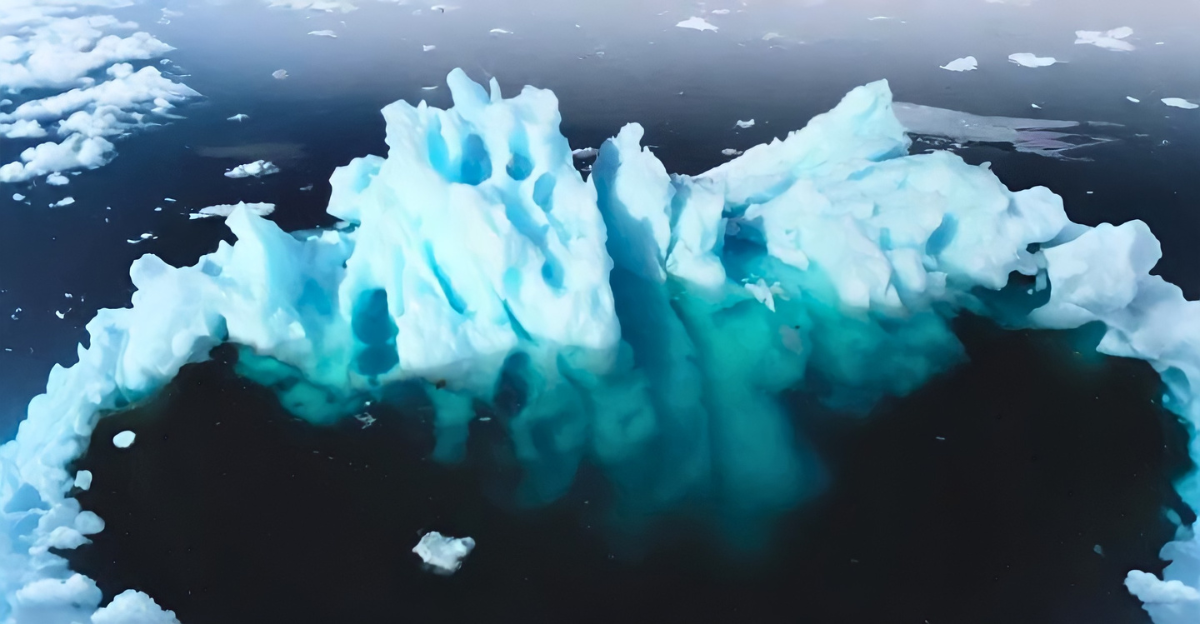
More and more meltwater flows into the Southern Ocean’s density structure, triggering a chain reaction that disrupts the Antarctic Slope Current (ASC). As freshwater pours into the ocean, it dilutes the salinity near the coast, creating a distinct layer of lighter, less dense water atop the denser, saltier layers below. This causes the current’s flow to be much faster as buoyant meltwater intensifies the current’s westward flow.
“The ocean is extremely complex and finely balanced. If this current ‘engine’ breaks down, there could be severe consequences, including more climate variability, with greater extremes in certain regions, and accelerated global warming due to a reduction in the ocean’s capacity to act as a carbon sink.” said Bishakhdatta Gayen, associate professor at the University of Melbourne and co-author of the study.
Threat to Global Ocean Circulation
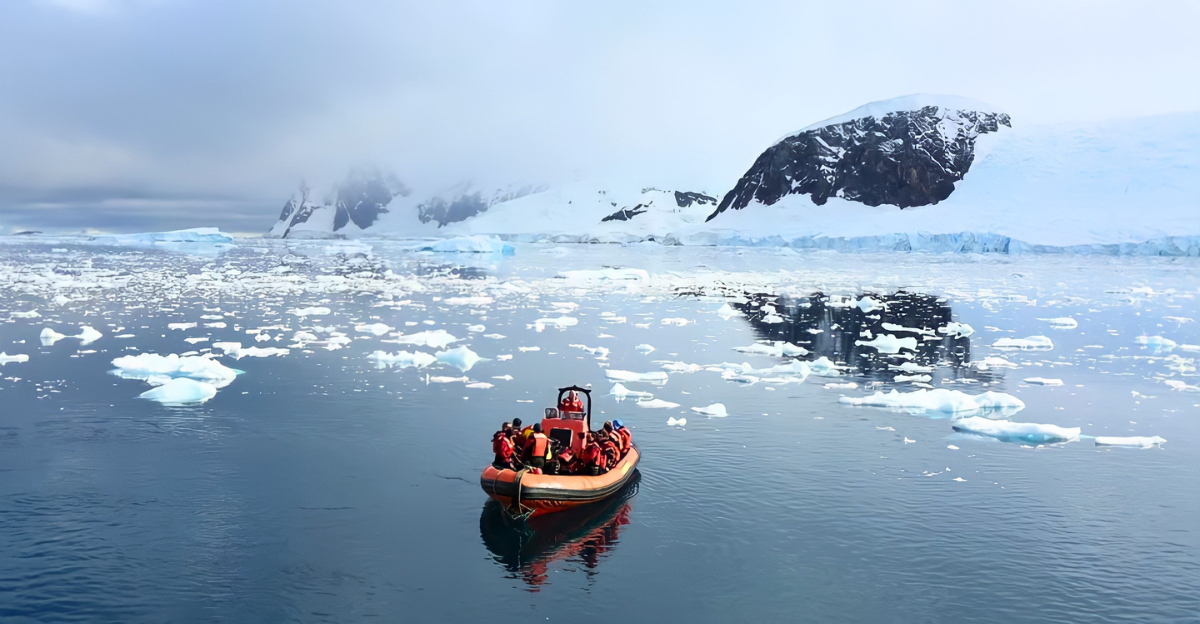
The accelerating Antarctic Slope Current (ASC) threatens destabilizing the global ocean conveyor belt. As meltwater dilutes the salinity of coastal waters, it inhibits the formation of dense Antarctic Bottom Water (AABW), which normally sinks and drives the deep limb of the global thermohaline circulation.
This slowdown in deep-water formation weakens the entire overturning system, reducing the ocean’s capacity to absorb heat and CO₂. By mid-century, the ASC’s projected 49% acceleration could further disrupt this balance, generating turbulent eddies that funnel warmth toward Antarctic ice while diminishing the current’s role in regulating Earth’s climate.
Sea-Level Rise Accelerates
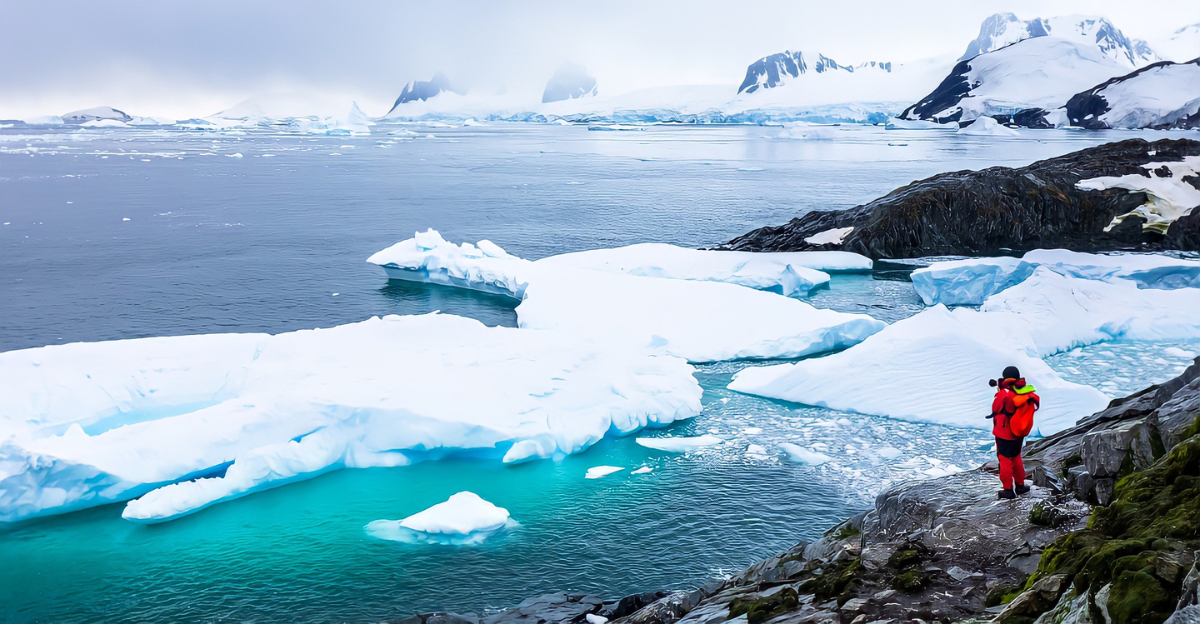
As this natural barrier starts to fail, the consequences for coastal communities worldwide are becoming increasingly worse. The acceleration of ice loss, caused by surface and subglacial meltwater, is worsening the flow of ice into the ocean and driving sea levels higher, faster than previously projected.
Recent studies show that subglacial water, hidden beneath the ice sheet, lubricates the base, allowing vast sections of ice to slide more rapidly toward the sea.
The Eddy Effect

As the current speeds up, it becomes more unstable, forming vigorous whirlpools that act as conduits for warm water to reach the ice shelves. These eddies transport heat poleward, finding a way around the ASC’s barrier function and accelerating subglacial melting in a dangerous feedback loop.
This mostly happens in West Antarctica, where eddy-driven heat transport has been directly linked to increased basal melt rates.
The West Antarctic Tipping Point

Ice sheets are melting faster than we expected, and there’s not much that can be done to stop it. One big concern for researchers around the world is the West Antarctic Ice Sheet (WAIS). Research indicates that the WAIS has likely already reached or is very close to its tipping point, estimated to be around 1°C above pre-industrial temperatures.
As these ice shelves thin and weaken, glaciers such as Thwaites and Pine Island accelerate their flow into the ocean, potentially initiating a self-sustaining retreat of the entire ice sheet. While this collapse may unfold over centuries to millennia, it could ultimately raise global sea levels by more than 10 feet, affecting people worldwide.
The Effect of Subglacial Water
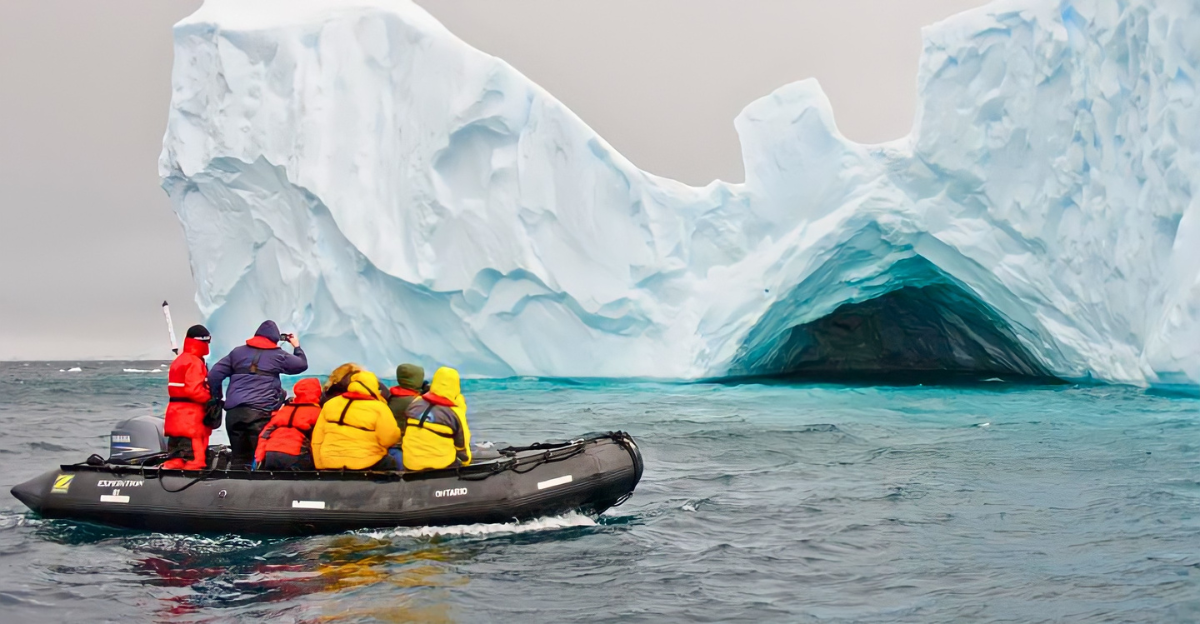
Contrary to what most people might think, multiple factors cause the Arctic ice sheets to melt, and most of them can’t be seen with the naked eye. This water beneath the surface lubricates the space between the ice and bedrock, allowing glaciers to slide more rapidly toward the ocean.
Subglacial lakes and streams can fill and drain in cycles, causing fluctuations in ice flow speed and triggering sudden accelerations. Recent studies show that subglacial freshwater discharge can locally enhance melt rates by over 50%, significantly contributing to ice shelf thinning and retreat.
Climate Feedback Loops Intensifies

As warm water flows beneath West Antarctic ice shelves, it melts them from below, producing more freshwater. This influx of meltwater strengthens undercurrents that transport even more warm water toward the ice shelves, causing the ice to melt even faster.
This causes a destructive feedback loop. Faster melting generates more meltwater, which in turn draws in additional heat, further destabilizing the ice shelves and the West Antarctic Ice Sheet as a whole.
Urgent Need for Global Action

Almost everyone knows that global warming is a serious problem that must be addressed immediately. Leading scientists and international organizations warn that the rapid loss of Antarctic ice, driven by unchecked greenhouse gas emissions, could trigger runaway sea-level rise and destabilize climate systems worldwide.
Experts emphasize that while some sea-level rise is now inevitable, the worst impacts can still be avoided if nations commit to deep, rapid, and sustained emissions reductions alongside robust adaptation and conservation strategies.







